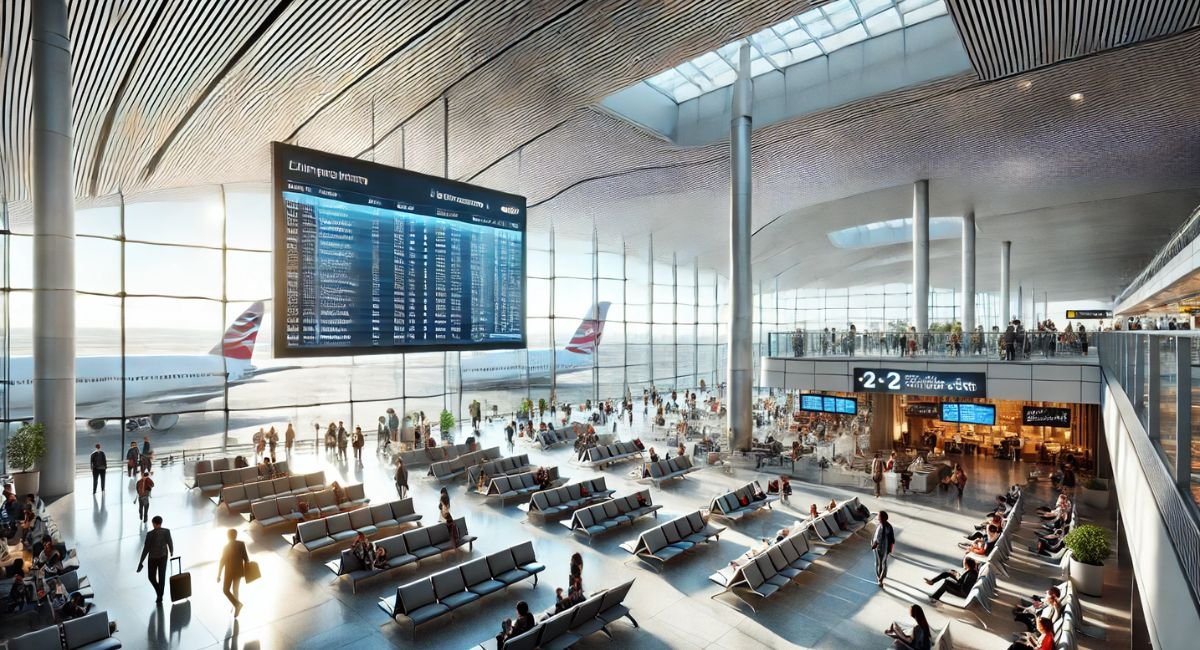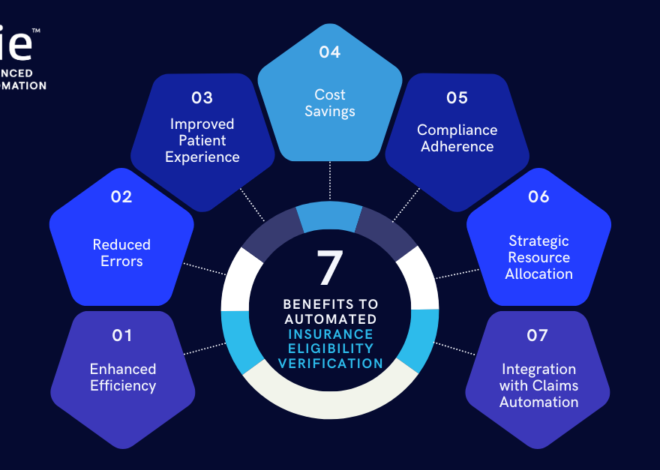
US Visa for New Zealand and Poland Citizens
Navigating the complex landscape of U.S. immigration can be daunting, especially for citizens of countries like New Zealand and Poland. Each country has its unique visa pathways, requirements, and opportunities for those looking to live, work, or study in the United States. This blog post aims to provide a comprehensive overview of the various visa options available for New Zealand and Poland citizens, along with insights into the application processes, eligibility criteria, and frequently asked questions.
Understanding U.S. Visa Categories
Before diving into specific pathways, it’s essential to understand the broad categories of U.S. visas. The U.S. government categorizes visas into two main types: US Visa for New Zealand CITIZENS.
- Non-Immigrant Visas: For temporary stays, such as tourism, business, or study.
- Immigrant Visas: For those seeking permanent residency.
Non-Immigrant Visas
Non-immigrant visas are suitable for individuals who plan to visit the U.S. temporarily. Here are some common non-immigrant visa types relevant to New Zealand and Poland citizens:
1. B-1/B-2 Visitor Visa
This visa allows travelers to visit the U.S. for business (B-1) or for tourism (B-2). Generally, applicants must demonstrate the purpose of their visit and prove ties to their home country.
2. F-1 Student Visa
The F-1 visa is designed for international students attending an accredited institution in the U.S. Applicants must first gain acceptance from a U.S. school and demonstrate sufficient financial resources.
3. H-1B Specialty Occupation Visa
This visa is for foreign workers in specialty occupations that require a higher education degree. Employers must sponsor applicants, and the process can be competitive.
4. J-1 Exchange Visitor Visa
The J-1 visa allows individuals to participate in exchange programs, including internships and research. This visa often requires sponsorship by an approved program in the U.S.
Immigrant Visas
For those seeking permanent residency in the U.S., immigrant visas are the way to go. Here are some pathways for New Zealand and Poland citizens:
1. Family-Sponsored Immigration
U.S. citizens and lawful permanent residents can sponsor relatives for immigration. This process can vary in duration and complexity but is a common route for many.
2. Employment-Based Immigration
Individuals with job offers from U.S. employers may qualify for employment-based visas. Categories include EB-1 for extraordinary ability, EB-2 for professionals with advanced degrees, and EB-3 for skilled workers.
3. Diversity Visa Lottery
Citizens of countries with low rates of immigration to the U.S. can apply for a Diversity Visa. New Zealand and Poland citizens are eligible, provided they meet specific educational or work experience criteria.
Application Process Overview
The application process for U.S. visas can vary by category, but generally, it includes the following steps: US Visa for Poland CITIZENS.
- Determine Visa Type: Identify which visa category best suits your needs.
- Complete Application Form: Fill out the appropriate form (e.g., DS-160 for non-immigrant visas).
- Pay Fees: Pay the required application fees.
- Schedule an Interview: Most applicants will need to attend an interview at a U.S. embassy or consulate.
- Prepare for the Interview: Gather necessary documentation, including financial statements, proof of ties to your home country, and any other relevant documents.
- Attend the Interview: Answer questions and provide additional information as requested by the consular officer.
- Receive Visa Decision: After the interview, wait for the consulate’s decision on your application.
FAQs
What is the easiest visa to obtain for New Zealand or Poland citizens?
The easiest visa often depends on individual circumstances. The B-1/B-2 Visitor Visa is relatively straightforward for tourism or business trips, while the F-1 Student Visa may be easier for students accepted into U.S. institutions.
How long can I stay in the U.S. on a visitor visa?
Typically, a B-1/B-2 visa allows stays of up to six months, but the exact duration is determined by the customs officer upon entry.
Can I work in the U.S. on a visitor visa?
No, the B-1/B-2 visa does not permit employment in the U.S. If you wish to work, you will need a visa specifically allowing employment, such as an H-1B or L-1 visa.
How long does the visa application process take?
Processing times vary by visa type and individual circumstances. Non-immigrant visas may take a few weeks, while immigrant visas could take several months to years, depending on the category and backlog.
Is there a limit to the number of diversity visas issued?
Yes, the Diversity Visa Lottery issues a limited number of visas each year, with approximately 50,000 available for eligible applicants worldwide.
Conclusion
Exploring U.S. visa pathways for New Zealand and Poland citizens reveals a range of options tailored to different needs, whether for temporary visits or permanent residency. Understanding the various visa categories, application processes, and requirements is crucial for a successful application. By staying informed and prepared, individuals can navigate the complexities of U.S. immigration and find the pathway that best suits their goals. Remember to consult the U.S. Department of State’s website or speak with an immigration attorney for the most accurate and personalized information.


